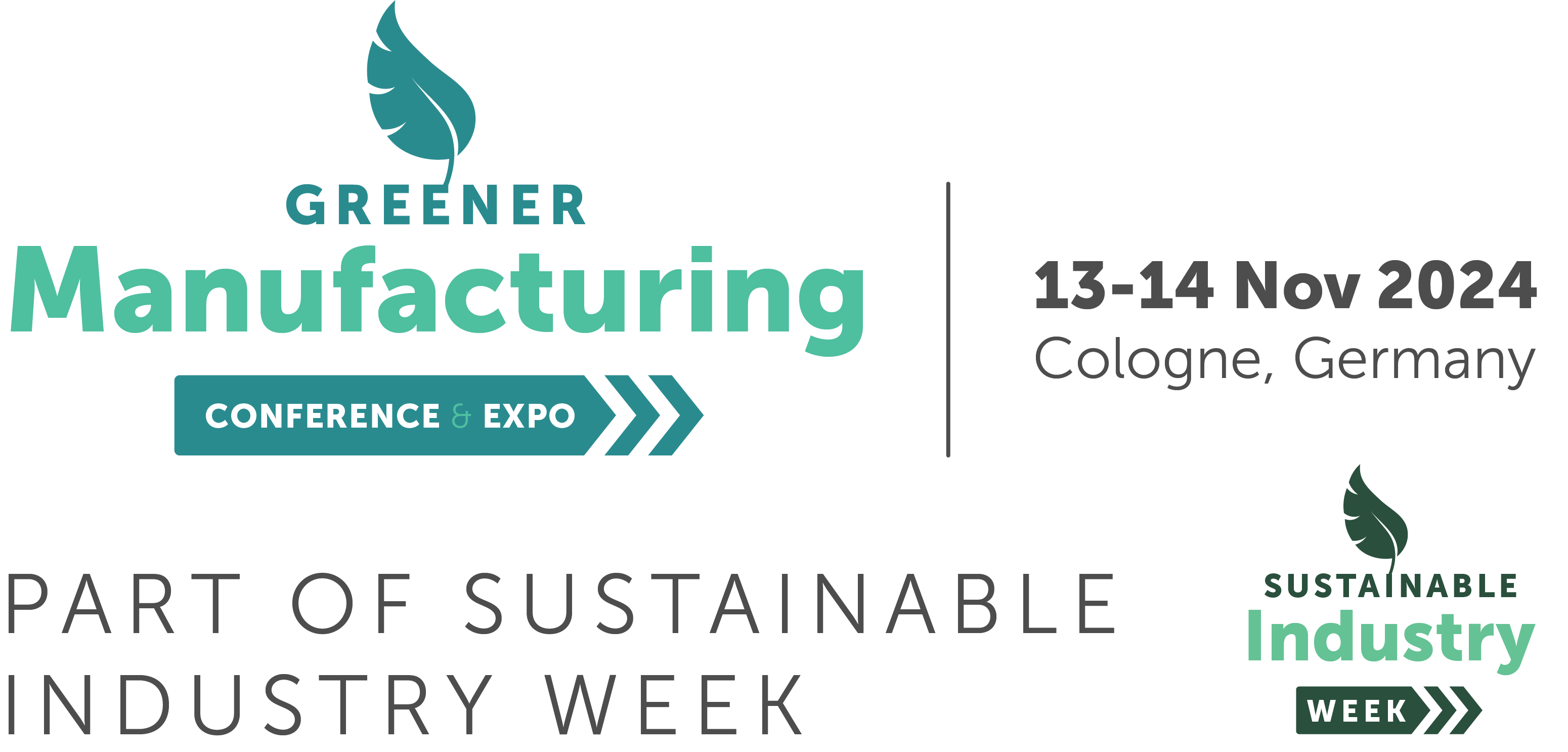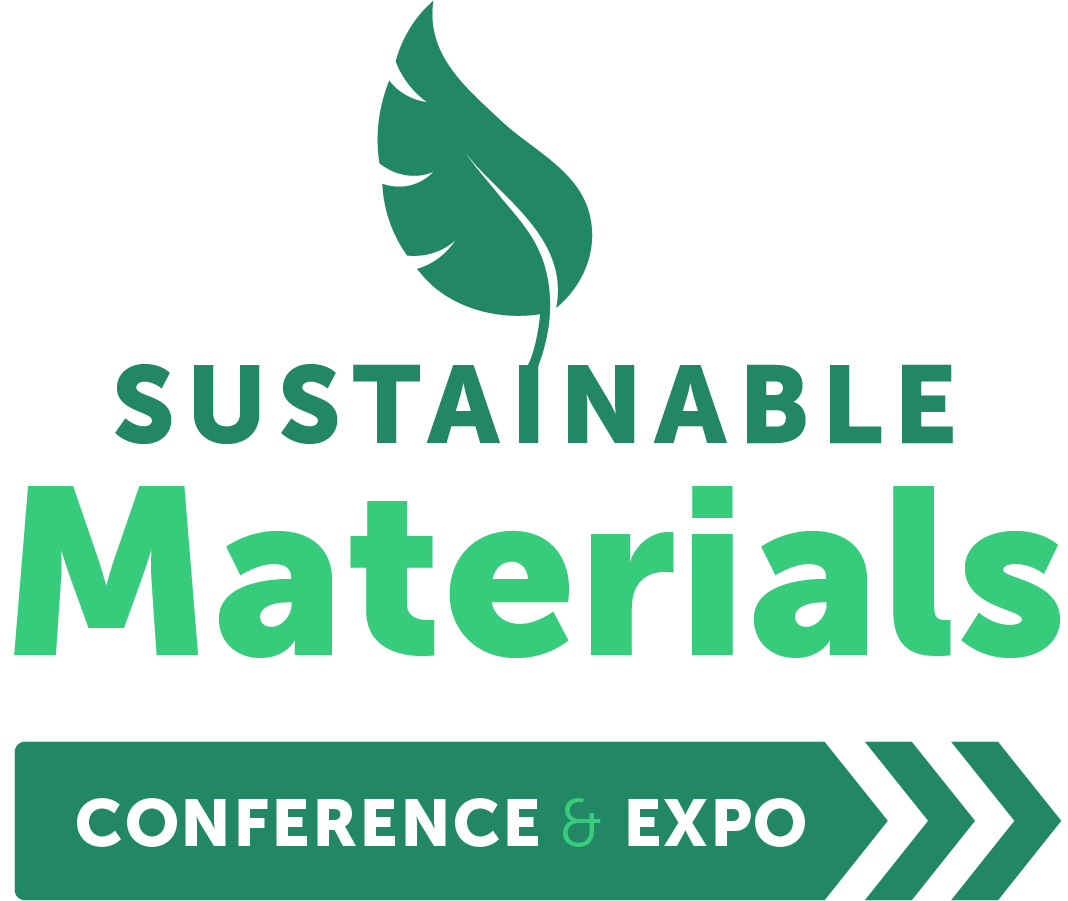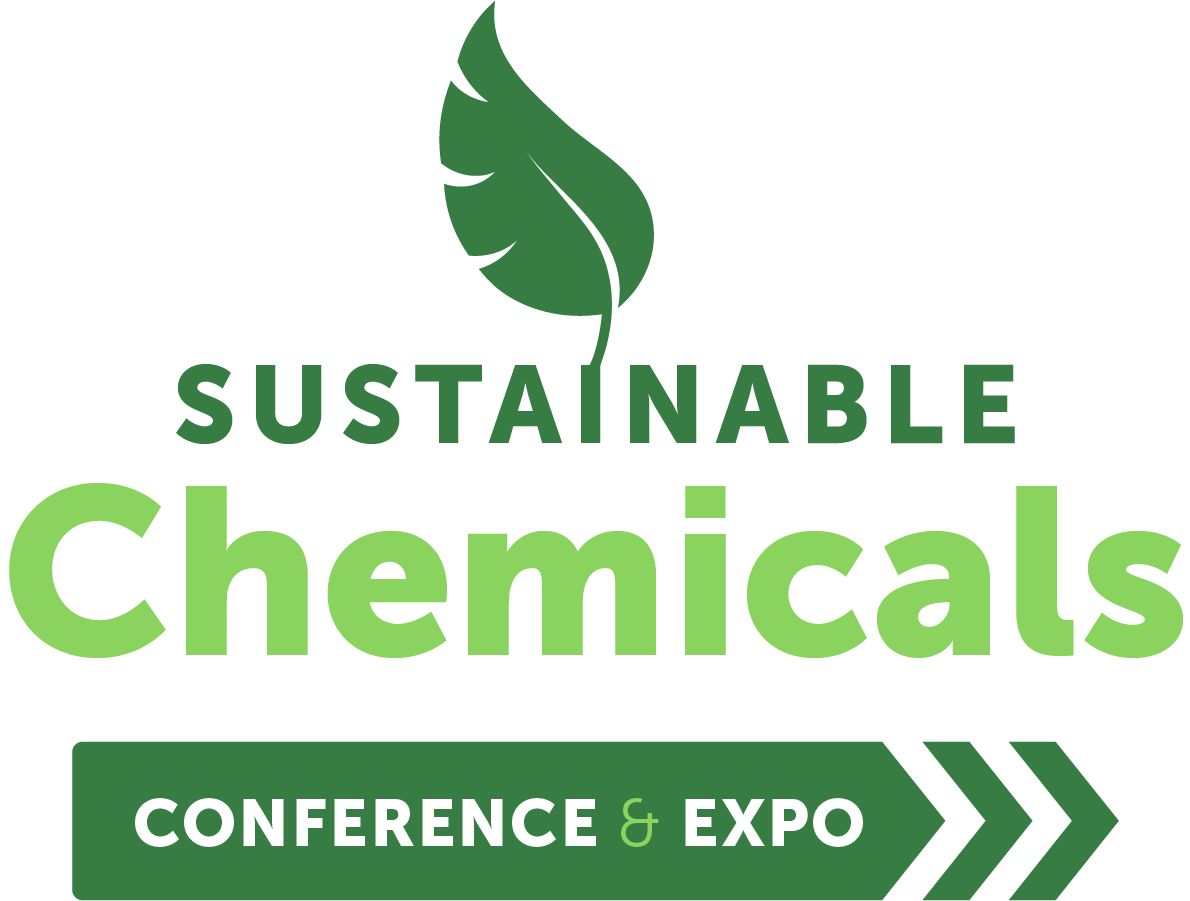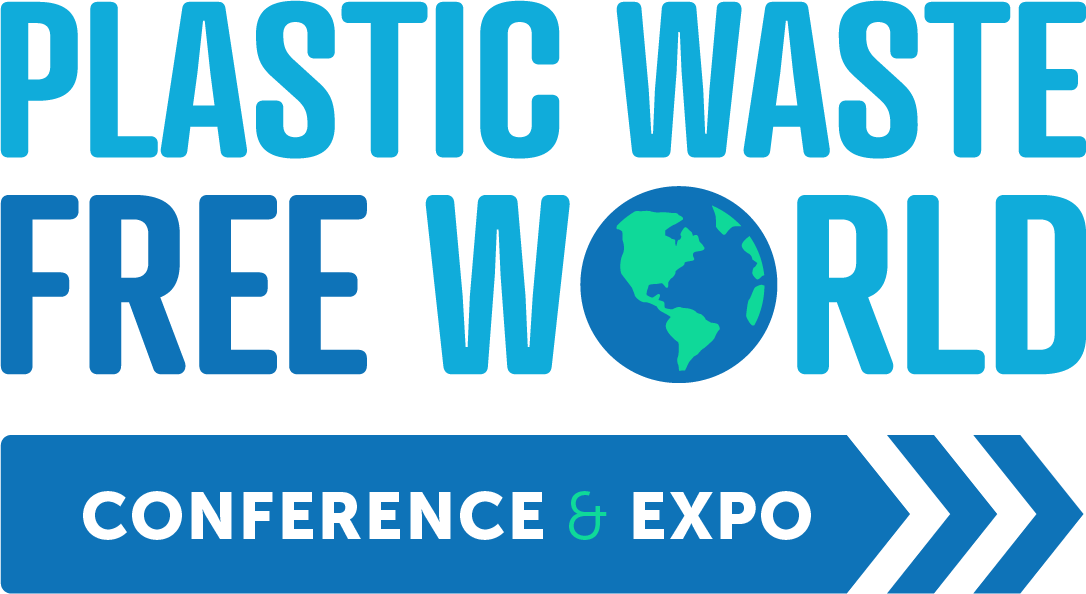Eco-friendly spray foam could be the green alternative to solving insulation issues
)
As the drive towards using more eco-friendly and greener products becomes more prominent within today’s society, all kinds of businesses and industries are looking to become more environmentally friendly, even the insulation sector.
Every industry has a vital role to play in switching to greener alternatives and the insulation industry has begun to make a significant shift by reassessing the traditional materials used in insulation and looking into a greener alternative such as spray foam.
The first steps of this industry switch was to consider the balance between ecological impact of different insulating materials and energy savings over the lifetime of the building from each of these materials. The first alternative material that was used for insulation was spray foam and this material quickly became popular due to its benefits. Spray foam insulation provides longevity, energy efficiency and multi-purpose application, which are necessary when looking at the lifespan of a building. The only drawback is that it has a high ecological impact during installation, therefore multiple companies began searching for another greener alternative and eco-friendly spray foam was created.
Through multiple ecological developments, an eco-friendly breakthrough within the building industry was created, and companies managed to create an eco-friendly version of the spray foam. This product has become the sustainable alternative to traditional insulation materials, due to its make-up and the benefits it provides. The eco-friendly spray foam is formed with a variety of products which are made from renewable resources, which consequently reduces reliance on non-renewable fossil fuel-based materials. Furthermore, the manufacturing process of this spray significantly lowers greenhouse gas emissions, which highlights that eco-friendly spray foam is environmentally friendly from the beginning of the manufacturing process to the end. The foam is manufactured out of bio-based materials such as soy, castor oil and other plant-derived compounds. Another benefit of this foam is it can be applied using hydrofluoroolefins (HFO) for the blowing agent technologies, instead of hydrofluorocarbons (HFC). Once combined with the sustainably sourced materials within the eco-friendly spray foam, this greener solution presents a very low Global Warming Potential (GWP), with rates dropping as low as 1 with zero ozone depleting potential.
During testing of this product, scientists used traditional R-values (a measure of thermal resistance) to compare how good the eco-friendly foam is against the normal foam. However, the eco-friendly spray foam very clearly showed much more positive results than the regular foam, making it a strong contender in the insulation market and a viable option for businesses to use to become greener. Switching from traditional foam to eco-friendly foam will mean moving away from using petroleum-based products, which will reduce carbon emissions throughout the application process and the buildings lifetime.
After seeing all the benefits that the eco-friendly spray foam provides in the insulation industry, businesses are now looking forwards to continue the development of this product, to secure supply chain demands and to ensure it continues to be the product that offers a viable option for commercial and residential consumers.





